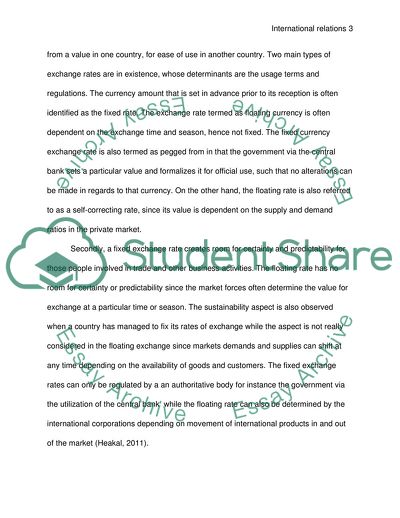Cite this document
(The Difference between Floating and Fixed Exchange Rates and the Impac Assignment - 1, n.d.)
The Difference between Floating and Fixed Exchange Rates and the Impac Assignment - 1. https://studentshare.org/politics/1752007-final-exam-international-relation
The Difference between Floating and Fixed Exchange Rates and the Impac Assignment - 1. https://studentshare.org/politics/1752007-final-exam-international-relation
(The Difference Between Floating and Fixed Exchange Rates and the Impac Assignment - 1)
The Difference Between Floating and Fixed Exchange Rates and the Impac Assignment - 1. https://studentshare.org/politics/1752007-final-exam-international-relation.
The Difference Between Floating and Fixed Exchange Rates and the Impac Assignment - 1. https://studentshare.org/politics/1752007-final-exam-international-relation.
“The Difference Between Floating and Fixed Exchange Rates and the Impac Assignment - 1”. https://studentshare.org/politics/1752007-final-exam-international-relation.


